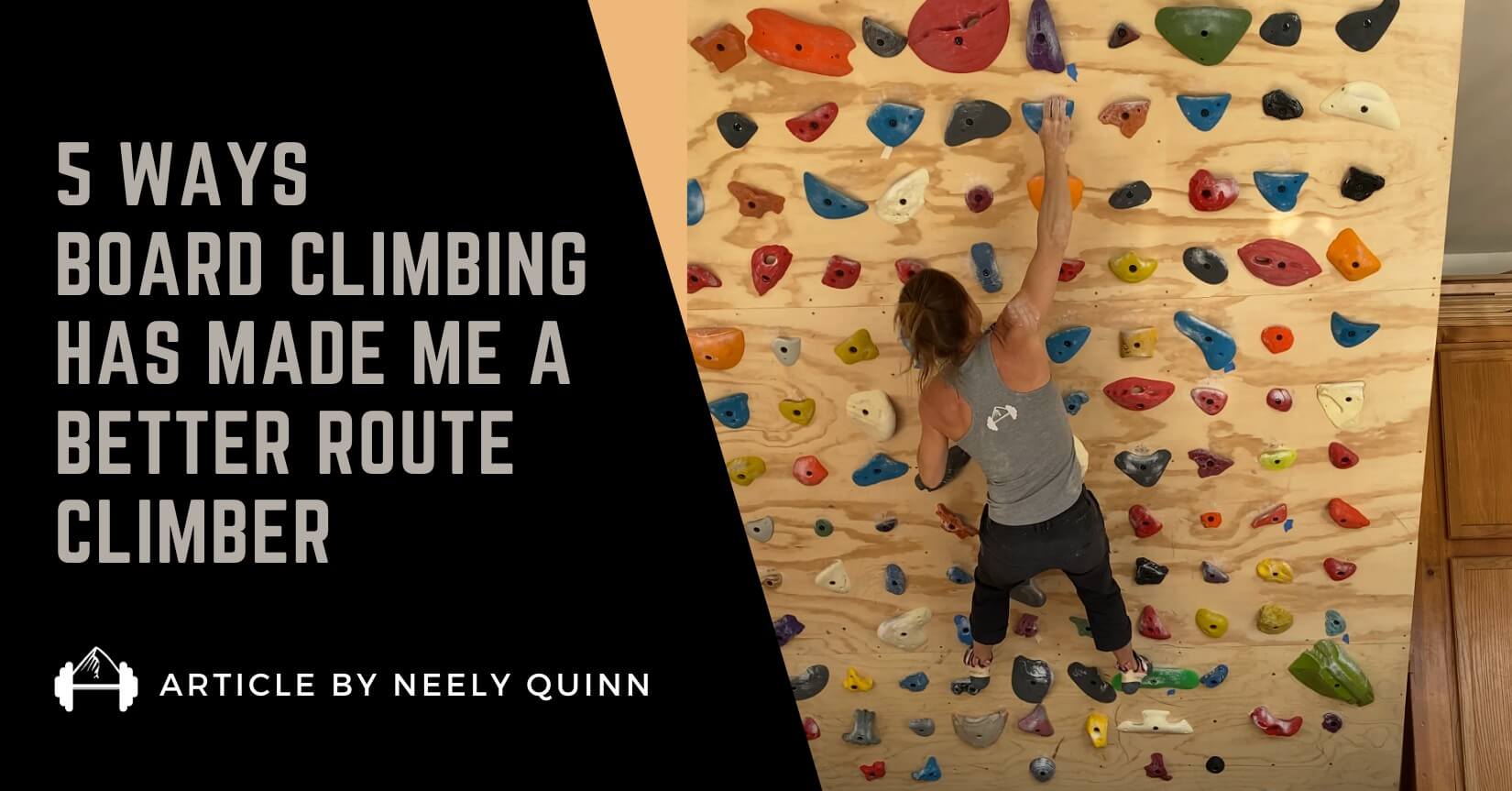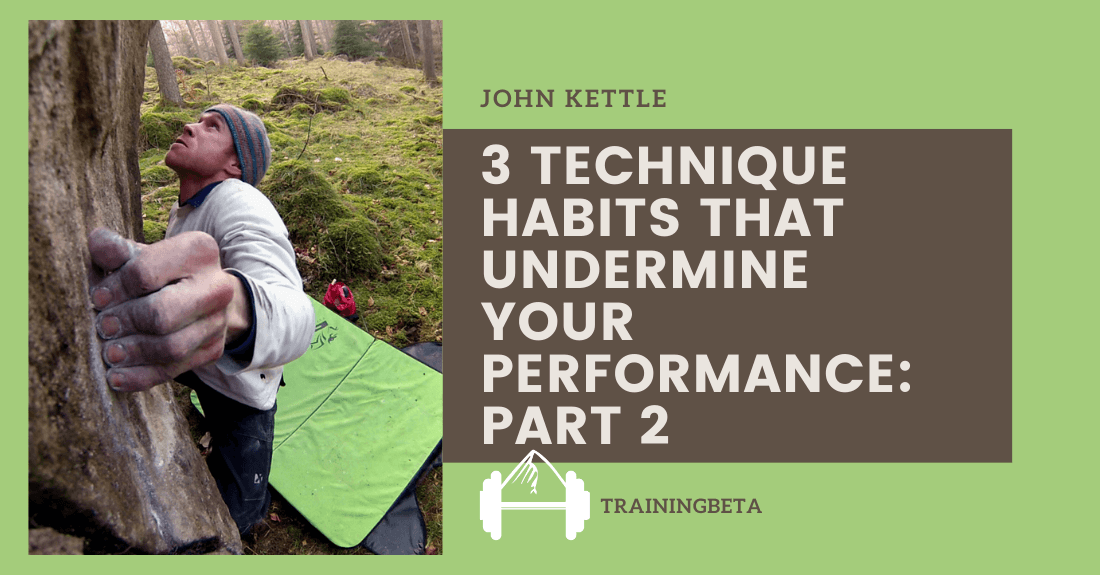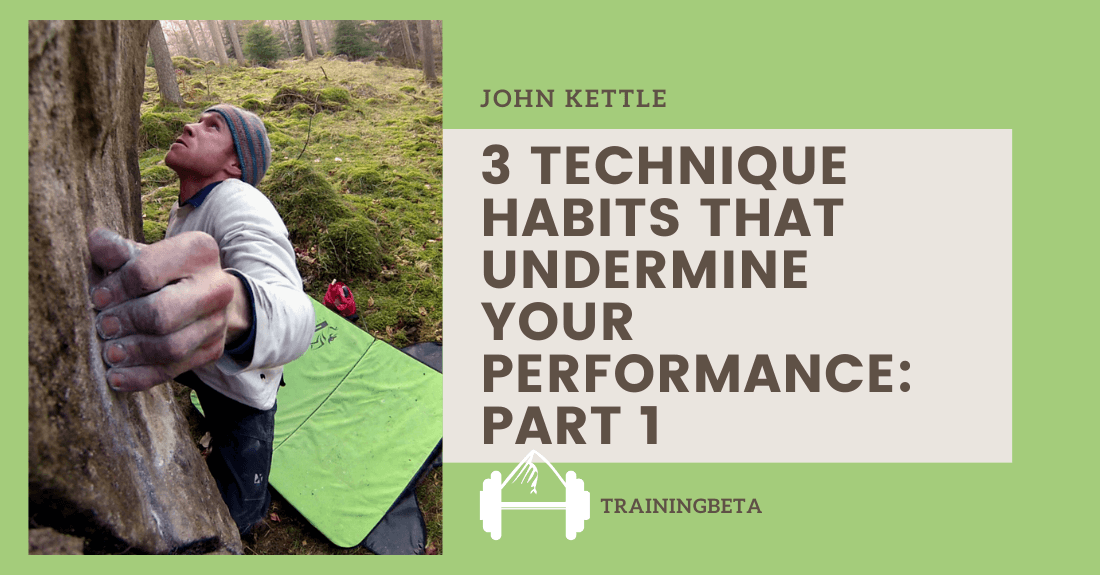This is a repost of the 4th part in a series of campusing articles from Kris Hampton’s site, powercompanyclimbing.com. Kris is not only a great climber who really knows his stuff, but also the author of our 8-Week Endurance Training Program.
Here, he talks about using the information you’ve learned from his previous articles about how to campus and why, and implement it into your training plan (it may not be necessary in your training).
Enter Kris…
Campusing, Part 4: Programming
So in Parts 1 thru 3 we learned why we should campus, the basics of how to do it, and when to use the plyometric approach to campusing. Still, that doesn’t tell you much about how to actually implement it, now does it?
There are a few rules I follow, and questions I ask, when programming for campusing.
- Campusing, when appropriate, is always part of a power phase. The campus board can be used for exercises during other phases, but campusing itself is a powerful activity by definition.
- If bouldering and campusing in the same session, boulder first. Bouldering is much more demanding technically, so it should always come first in your workout. If you are doing other exercises, such as various powerful lifts, those should always be programmed after. These bouldering sessions are usually very short to save energy for campusing. If you are already very sound technically, and pulling strength and explosive power are your true limiters, then this rule may not completely apply to you… but that is a very small percentage of the climbers I’ve observed.
- Campusing may not be necessary. I always first look to determine if the climber stands to gain more from improving their technical abilities, including in more powerful techniques. If so, then campusing won’t be the best use of their time. I generally don’t advocate campusing until an athlete is climbing mid 5.12 and V5, and have a good grasp on how to climb dynamically. Campusing will NOT help you learn to climb dynamically.
- More isn’t better. I generally ramp up the volume of campusing as the athlete improves, and then reduce it again as they transition to another phase. Beginners do less than intermediate climbers, who do less than advanced climbers, and so on. Also, more than twice a week, for more than 4 weeks, is going to be too much for most people, even elite climbers.
The following 4 images are screeenshots from the web version of the mobile app that I’ll be integrating into our training platform later this summer. They are the campus portion of workouts for the people we train, from around beginner (climbing mid 5.12 and V5) to elite (approaching 5.14, V10, and beyond). Occasionally these will change slightly depending on individual needs of the climber, but the basic template is there.
Keep in mind that every workout you see is completed AFTER a warmup of bouldering, meaning that no warmup is included in the workouts you see. If you aren’t bouldering prior to campusing, more laddering and easing into the harder exercises is advised.
A couple of important notes:
You’ll notice that both Advanced and Elite have Plyo Doubles, though they are labeled differently for each level of climber.
For Plyo Doubles (Advanced), we have the climber dropping only one rung (rung 3 to rung 2) and then exploding back to the rung they dropped from (rung 2 to rung 3).
For Plyo Doubles (Elite), we have the climber dropping 2 rungs (rung 4 to rung 2) and then exploding back upward, with the option of latching a rung or not.
Also of importance is the exercise Doubles (Up) and Doubles (Down), on the advanced workout. These are simply doing one rep of a double up to a higher rung, and one rep of a double down to a lower rung, just to begin learning the finer points of the movement. They are in no way doing doubles all the way up or down to failure.
Transitioning
Generally speaking, and particularly if the athlete is not a dynamic climber or isn’t accustomed to campusing, we will add in a transition exercise for a couple of weeks on each side of the campus phase. The following two images are screenshots of that workout, which is subject to change a little based on the experience of the athlete.
I can’t stress this rule enough:
Campusing may not be necessary!
If you aren’t already familiar with campusing, and you aren’t well versed in climbing dynamically, then jumping into a campus program shouldn’t be taken lightly. Even if you have done some campusing, making the leap right into an elite workout won’t make you as strong as Alex Puccio or Jan Hojer. For the vast majority of climbers, climbing is still the best training for climbing.
The campus board can be an important weapon in your training arsenal, but choose your weapon wisely, lest it should do more harm than good.
Again, this article is a repost from Kris Hampton’s site, powercompanyclimbing.com.











Leave A Comment